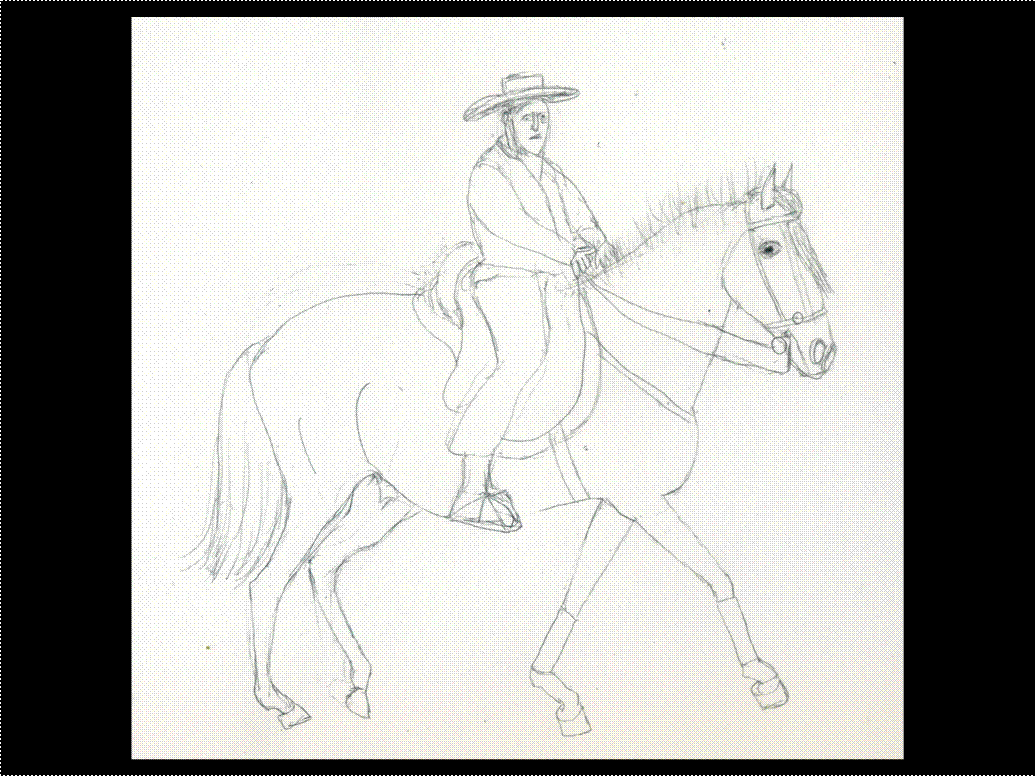This entry was posted on martes, agosto 20th, 2013 at 14:22 and is filed under Etnopaisaje. You can follow any responses to this entry through the RSS 2.0 feed. You can leave a response, or trackback from your own site.

Pero… ¿cómo se le pone una antena a una abeja? …..But… how gets you an antenna to a bee?
………….
Pero… ¿cómo se le pone una antena a una abeja?
…..
……..
But… how gets you an antenna to a bee?
.……
……..
BBC
…….
……
Etnopaisaje.com + dibujos
..
..
..
.
Los últimos estudios para investigar por qué las abejas se están muriendo implican el seguimiento de estos pequeños insectos, pero ¿cómo se rastrea a una abeja?
…..
…
El número de abejas ha estado cayendo dramáticamente y los científicos están intentando entender por qué.
………
………
Las abejas de todo tipo -hay cientos de ellos- desempeñan un papel crucial en la vida del campo y una tercera parte de lo que comemos depende de la polinización que ellas llevan a cabo. Estudiar el comportamiento de estos complejos insectos es clave para descubrir qué está pasando, pero también es un gran desafío.
Una abeja puede visitar varios miles de flores en un día y volar varios kilómetros, ¿cómo seguirle la pista?
…..
………….
Los científicos están utilizando la tecnología del radar armónico. Un transmisor de radar emite una señal para que la reciba que una diminuta antena pegada en el tórax de una abeja de miel. Un pequeño diodo en el centro de la antena cambia la longitud de onda para que pueda ser detectada y seguida.
…..
……
La nueva señal es única. No hay ninguna otra fuente en el medio ambiente, así que los científicos saben que la está emitiendo la abeja marcada. Una estación de rastreo de radar portátil se utiliza para transmitir la señal y reunir la información enviada de vuelta.
Cada antena se le pega a las abejas a mano.
….
…….
La señal enviada desde el insecto etiquetado se ve como un punto en movimiento similar a los que se ven en la pantalla de radar de los barcos.
…………..
Muestra con precisión cuán lejos está la abeja y en qué dirección vuela. Un programa informático reconstruye la trayectoria de vuelo.
……..
…….
«Esto puede superponerse sobre los mapas de la zona para mostrar con precisión por dónde voló el insecto y las características del paisaje de esa zona», le dice a la BBC Jason Chapman, entomólogo del centro de investigación agrícola Rothamsted Research en Inglaterra
…….
……..
Se ha demostrado que la exposición a los pesticidas neonicotinoides afecta la capacidad de las abejas para navegar. En una prueba realizada por el profesor Randolf Mendel, dos abejas fueron capturadas y equipadas con transmisores de radio. Una de las abejas fue expuesta a neonicotinoide. Cuando ambas fueron liberadas, a cierta distancia del sitio de captura, la abeja expuesta fue incapaz de encontrar su camino de regreso a la colmena
..
..
.
.
The latest studies to investigate why the bees are dying involve the monitoring of these small insects, but how crawled to a bee?
The number of bees has been falling dramatically, and scientists are trying to understand why.
………………
The bees of all kinds – there are hundreds of them – they play a crucial role in the life of the field and a third of what we eat depends on pollination that they carry out. Study the behaviour of these complex insects is key to discovering what’s going on, but it is also a great challenge.
A bee can visit thousands of flowers in a day and fly several kilometers, how do keep you track?
………………
Scientists are using harmonic radar technology. A radar transmitter emits a signal so that it is received that a tiny antenna attached to the thorax of a honey bee. A small diode in the center of the antenna changes wavelength so that it can be detected and followed.
The new signal is unique. There is no other source on the environment, so scientists know that marked bee is issuing it. A portable radar tracking station is used to transmit the signal and gather the information sent back
…………….
The signal being sent from tagged insect looks like a point in movement similar to those seen on the ships radar screen.
Accurately depicts how far is bee and in which direction flies. A computer program reconstructs the trajectory of flight.
«This can be superimposed on the maps of the area to show accurately where the insect flew and the characteristics of the landscape of the area», he tells the BBC Jason Chapman, an entomologist from the center of agricultural research Rothamsted Research in England
…………………
It has been shown that exposure to pesticides neonicotinoids affects the ability of bees to navigate. In a test carried out by Professor Randolf Mendel, two bees were captured and fitted with radio transmitters. One of the bees was exposed to neonicotinoide. When both were released, some distance from the site of capture, exposed bee was unable to find his way back to the hive
…………..